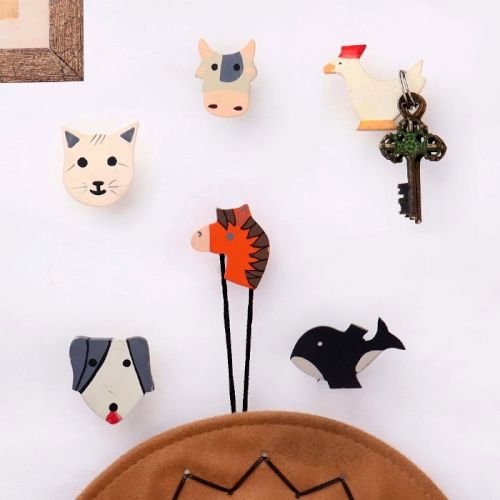Buy Landscape Paintings for Enhancing Your Interiors
Landscape painting is a time-honored tradition within the visual arts, deeply rooted in observation, memory, and imagination. From pastoral serenity to mountainous grandeur, the landscape serves as a visual hymn to the earth's vastness and moods. In Indian folk traditions, landscape isn't just a backdrop but a living spirit—whether in the layered hills of Pahari miniatures or the stylized trees in Madhubani. It’s less about documentation and more about expression, often shaped by the artist’s inner climate. In this context, nature becomes both subject and storyteller, echoing a dialogue between the real and the symbolic.
What Is A Landscape Painting?
A landscape painting refers to an artistic rendering of natural sceneries—fields, forests, rivers, mountains, skies, and sometimes man-made features like huts or pathways. It captures an environment, often devoid of human focus, where nature is the protagonist. This genre extends beyond geography; it's a psychological terrain too. In many traditional and folk forms, the landscape becomes a vessel for myth, season, or spiritual journey. It’s less about replicating what is seen and more about evoking what is felt in the presence of nature. The visual composition, the chromatic atmosphere, and the play of light are often orchestrated to reflect mood, movement, and memory.
What Does A Landscape Painting Aim To Capture Or Convey?
Landscape painting aspires to embody the emotional, spiritual, and sensory qualities of nature. It seeks to reflect the rhythm of wind across crops, the warmth of dusk sinking into riverbanks, or the ominous hush of a brewing storm. It’s not just about topographical accuracy but the translation of essence. In folk art, landscapes are often stylized to suggest harvest cycles, divine presences, or social rituals. The artist, thus, functions like a bard, narrating not just what is seen but what pulses underneath—the pulse of time, season, and silence. Such paintings invite the viewer to dwell, not just observe.
What Are The Different Types Of Landscape Paintings (E.g., Impressionistic, Realistic, Abstract)?
Landscape paintings range from the measured strokes of realism, where every blade of grass is accounted for, to the breathy, emotive smears of impressionism, and further into the realm of abstraction, where form dissolves into sensation. A realistic style may focus on minute textures and topographic clarity, ideal for geographical fidelity. Impressionism, on the other hand, dances with fleeting light and changing weather—an ode to impermanence. Abstract landscapes stretch the idea further, turning hills into gestures and clouds into states of mind. Even folk forms like Warli or Gond apply their stylized geometry to suggest landscapes layered with ritual, lore, and community, rather than purely spatial depth.
Techniques & Tools
The making of a landscape painting is both discipline and improvisation—a gradual unfolding from formlessness to form. Beginning with a vision, the artist sketches the bones of terrain and light. From there, pigment and intuition take over, layering atmosphere and texture. It is a tactile process, full of rhythm and silence. In folk traditions, tools may be humble—a stick, natural dye, handmade paper—yet the result holds profound presence. The artist's relationship to the landscape—emotional, cultural, and ecological—shapes the outcome as much as any tool or technique.
How Do You Create A Landscape Painting Correctly?
Creating a landscape painting begins with stillness and observation. The initial sketch lays down the spatial rhythm—where sky meets earth, how trees lean, where shadows fall. Composition, balance, and light source are established early. Then, a layering begins: underpainting sets tonal values; mid-tones shape volume; highlights and textures crown the scene. The final details refine the mood—ripples in a pond, the edge-glow of dusk, or mist softening a forest. In folk practice, this order might be more symbolic than spatial, starting from a central motif like a sacred tree or mountain, then expanding outward. A correct landscape painting, therefore, isn’t a technical checklist, but a faithful ritual that marries place with perception.
What Materials Are Used For Landscape Painting (Canvas, Brushes, Paints, Mediums)?
Materials vary widely depending on style and tradition. The classical setup involves canvas, oil or acrylic paints, a variety of brushes for texture and detail, and mediums for layering or thinning pigment. Watercolors are favored for atmospheric softness and quick drying. Folk artists may use handmade papers, natural pigments derived from soil, leaves, or stones, and brushes made from twigs or animal hair. Gond and Madhubani artists use flat brushes or nibs to trace symbolic lines that form tree canopies or river veins. In any case, material choices are less about luxury and more about response—how well they channel the spirit of place.
How Do You Choose The Right Landscape Painting Style Or Technique For Your Subject?
The choice of style emerges from intention. If one aims to capture the fine architecture of a rice terrace, realism serves best. If the goal is to evoke the monsoon’s arrival in a village, impressionism or expressionism may be more suitable. Abstraction fits when the emotional tone of a place outweighs its visual fidelity. Cultural context matters too—using a folk style allows the inclusion of ancestral memory, rituals, and ecological wisdom. The subject determines the soul of the painting, and the artist's internal response chooses the form. A serene lake may call for muted, layered washes; a fiery sunset over dunes might demand bold, sculptural strokes.
Purchase & Options of Landscape Paintings
Acquiring the right tools for landscape painting is a pilgrimage of sorts—an artist’s quest for the voice of materials. Whether sourcing pigments or sketchbooks, the quality and ethos behind each item affect the painting’s depth. Traditional markets often hide handmade brushes or raw pigments not found in polished art stores. Meanwhile, online platforms offer convenience and variety, especially for those living away from art hubs. The key is to find sources that value authenticity over trend, texture over packaging.
Where Can You Buy Quality Landscape Painting Supplies?
Quality landscape painting supplies can be found both online and in local art supply shops, but the source should match the artist’s style and values. For contemporary materials, online platforms like IndianShelf,Jackson’s Art, Blick, and Amazon provide a range of branded canvases, paints, and mediums. For Indian folk practitioners or those inspired by traditional art, visiting local bazaars, paper makers, or artisans in regions like Mithila or Bastar can yield more soulful tools—natural dyes, handmade papers, bamboo brushes. Some cities house specialty stores—like Himalaya Stationery in Delhi or Art Lounge in Mumbai—that cater to both classical and experimental artists. The best supplies are those that feel like extensions of the hand and eye—grounded, responsive, and true.
Comparison of Landscape Paintings
Landscape paintings and portraiture both originate from the urge to observe and reflect, but their focal directions diverge—one looks outward to terrain, the other inward to character. A landscape is like a Bhitti Chitra, telling a seasonal tale through soil and sky; a portrait is akin to a Pattachitra icon, centering the human face as an emotional relic. Where landscapes use sweeping strokes and layered skies to capture fleeting atmospheres, portraits dwell in minute features—folds of a turban, the glint in an eye. The emotional resonance of landscapes tends toward the collective—a shared memory of place—while portraits often cradle singular identities and intimate emotion.
How Do Landscape Paintings Differ From Portraiture In Technique, Focus, And Emotional Impact?
Landscape paintings focus on environmental breadth, the rhythm of land and weather. They require an expansive composition, balancing negative space and horizon lines. In contrast, portraiture anchors itself in anatomy and psychological nuance. Technically, landscapes call for wide, textured brushwork, modulating color to echo light and distance. Portraits demand finer detailing, layered skin tones, and a precision that captures the sitter’s temperament. Emotionally, landscapes evoke seasonal nostalgia, the grandeur of time, or the poetry of silence—like a monsoon over a Banyan grove. Portraits, however, are more singular and immediate, like meeting a pair of eyes across time. The landscape whispers, the portrait stares back.
Creative Use & Aesthetics of Landscape Paintings
Landscape paintings can shape a room the way terrain shapes a village—they ground it, open it, or lift it toward the skies. In a decor setting, they work like Kantha embroidery in soft furnishings: functional yet lyrical. A pastoral field scene might soften a reading corner; a dramatic ocean swell could energize a hall. Folk-inspired landscapes—like those in Gond or Warli styles—carry stories, rituals, and moods that harmonize with rustic or handmade aesthetics. They can also be integrated into mixed-media collages, furniture accents, or spiritual corners, where place meets prayer.
How Can Landscape Paintings Enhance Interior Design, Themed Rooms, Or Mood Settings?
Landscape paintings serve as visual atmospheres—they set emotional temperatures within a space. A serene mountain scene brings calm to bedrooms or meditation areas, mimicking the sacred silence of Himalayan shrines. Coastal or desert vistas introduce movement and heat, suiting dynamic or communal spaces. In themed rooms—like vintage studies or nature-inspired cafes—folk landscapes echo authenticity through mythic elements like stylized peacocks, trees of life, or festive seasons. They can be framed in reclaimed wood, bordered with textile appliqué, or paired with traditional objects like clay lamps and woven mats. Light positioning can dramatize brush textures, revealing the hidden drama within quiet sceneries.
Frequently Asked Questions (FAQs)
- What Are Landscape Paintings Used For?
Landscape paintings are not merely ornaments; they are memory-carriers, like folk songs painted instead of sung. In rural homes, they mirror seasons—fields during sowing, rivers in retreat—carved onto walls or wood, echoing rituals of place. In contemporary spaces, they mark emotional geographies: solace, vastness, shelter. Gond painters use forests as storybooks, while Chinese scrolls use mist and mountain as metaphors of time. Whether it’s a serene dusk or a stormy coastline, landscapes offer symbolic meanings—transition, solitude, belonging. They move between the decorative and the devotional, revealing both terrain and temperament. Viewers often find in them a resting place, a passage, or a silent witness. In this way, they are meditative and mnemonic—a tapestry of land, light, and longing, stitched with pigment.
- What Surface Or Canvas Type Is Best For Landscape Paintings?
The choice of surface carries the weight of terrain. For oil or acrylic landscapes, stretched cotton or linen canvas offers the best tactile response—it holds impasto textures like soil clinging to monsoon roots. Handmade papers, such as Khadi or lokta, bring a raw, earthy texture ideal for watercolors or folk-scape narratives. Wooden panels—like those used in Pahari miniature backings—offer resistance that suits intricate detail or layered brushstrokes. For light and shade to dance fully, the surface must neither drink the pigment too quickly nor resist it stiffly. A well-primed canvas allows twilight to seep gradually into a sky; textured paper lets trees stand like woven fabric. Even terracotta tiles, used in Madhubani or clay murals, hold landscape motifs beautifully in rustic settings. The surface becomes the earth; the paint, its breath.
- Can Landscape Paintings Be Preserved Without Fading?
Yes—like handwoven textiles, landscape paintings require mindful tending. The primary enemies are dust, direct sunlight, humidity, and pollution. To guard against these, use UV-protected glass when framing, especially for watercolors or ink-based scenes. Varnishes—gloss or matte—act like sacred sealants, particularly on oil and acrylic works, preserving both color and surface texture. Traditional methods include backing paintings with neem-treated wood to prevent fungal growth or covering with muslin cloth during off-seasons. For folk art, such as landscapes painted on fabric or scrolls, rolling them with interleaved acid-free sheets ensures safety. Avoid hanging paintings near kitchen smoke or bathroom steam. Like rice stored in brass pots, paintings live longer when protected from extremes. Clean with a soft, dry cloth—not damp—lest the surface absorb unwanted moisture. In essence, preservation becomes a daily act of reverence.
- Are Landscape Paintings Permanent Or Do They Require Maintenance?
Landscape paintings, like crop cycles, are resilient yet responsive—they last generations if nourished. Oils are most durable, forming a film that resists time’s wear. Acrylics follow closely, especially when varnished. Watercolors, though luminous, are the most fragile—sensitive to both sun and air. Maintenance isn’t excessive, but seasonal. Dust with a soft cloth, inspect for fungal spots in monsoon-prone zones, and re-varnish every decade or so. In village homes, artworks are often aired out yearly, sun-dried gently. Avoid stacking unframed canvases; they bruise easily. Framing with natural wood not only elevates visual appeal but also absorbs some environmental fluctuation. If paintings crack, don’t panic—some cracks, like age lines, lend character. However, deep fissures or pigment flaking need immediate attention. A landscape lives when it’s seen, cleaned, and sometimes even touched—gently, ritually.
- What Type Of Paint Is Best For Capturing Light And Shadow In Landscapes?
Oil paint remains the master medium for rendering light and shadow with soul. Its slow drying time allows blending—sunrise melting into mist, shadows curling under banyan roots. Oils carry depth, much like layers of earth—each brushstroke holding luminous memory. Acrylics mimic this but dry faster; ideal for bolder contrasts or more defined boundaries. Watercolors shine in atmospheric effects—translucent rains, gentle fogs, ethereal skies—but are less forgiving. Folk artists often use natural pigments, extracted from stones and plants, which have a matte but powerful finish—earth telling its own story. For capturing chiaroscuro—the dance of dark and light—technique matters more than medium. Layering, glazing, and brush choice transform paint into emotion. To paint light, one must watch how it falls: filtered through palm fronds, reflected in puddles, or stitched into cloud edges.
- Are Landscape Techniques Universal Across Painting Styles?
No. Techniques shift like dialects. A mountain painted in Pahari miniature demands rhythmic layering and delicate brushwork, while a Western Romantic landscape invites grand washes and atmospheric perspective. In Bengal’s Kalighat tradition, landscapes are often suggestive—backdrops rather than terrains. Gond artists outline forests in dotted patterns, repeating motifs to invoke density, breath, and movement. Urban landscapes may need bolder geometry and texture layering to suggest concrete and crowd. Seascapes require horizontal flow and wet-in-wet blending; deserts need warm gradient washes and textural grit. The subject—ocean, forest, ruin—dictates approach. The style—realism, abstraction, folk—refines that choice. A good artist listens to the land and lets their hand adapt. It’s not just about technique—it’s about how rhythm, climate, and culture inform the brush.
- What Is The Cultural And Historical Significance Of Landscape Paintings In Different Traditions?
In every culture, landscapes are not just scenery—they are spirit maps. Chinese landscape scrolls, or shan shui, embody Taoist harmony: mountain (yang) and water (yin) balanced in cosmic stillness. In Europe, Romantic painters like Turner rendered landscapes as sublime—nature as godlike and overwhelming. Indigenous art—from Australian Dreamings to Native American sandscapes—records ancestral memory and ritual through land depictions. Indian folk traditions, like Bhil and Warli, turn forests and rivers into community memory and oral history. Even Mughal miniatures used gardens as political allegory—landscape as order and paradise. The historical shift from divine to natural focus marks human intimacy with terrain. Landscapes became reflections of identity, migration, and hope. In short, they are cultural palimpsests: maps, prayers, documents.
- How Can You Clean, Preserve, Or Frame Landscape Paintings Using Simple Or Traditional Methods?
Use time-tested materials. For cleaning, a soft cotton cloth—often used for polishing brass idols—removes dust gently. Never use wet wipes or chemicals. To preserve, store unframed works in handmade paper sleeves or cotton fabric rolls. Neem leaves or cloves in storage areas keep bugs away, a method borrowed from textile preservation. For framing, use untreated wood, which breathes and adjusts to climate. Add a layer of glass for watercolors, keeping a gap (mat board) to avoid sticking. Oils and acrylics can be displayed openly or varnished with natural damar resin, which yellows less over time. Hang paintings away from direct sunlight and damp corners. During festivals or house-cleaning, consider rotating artworks—like rotating crops—to reduce wear. Preservation isn’t only about materials; it’s about creating a living, breathing relationship with the painting.
- How Do Different Landscape Painting Techniques Set The Mood Or Emotion Of The Artwork?
Technique sculpts emotion. Wet-on-wet washes blur boundaries, evoking dreaminess or nostalgia—perfect for dawns or autumn. Dry-brush textures add grit, tension, even anxiety—ideal for rocky terrains or turbulent weather. In folk traditions, repetition of motifs—leaf after leaf, dot after dot—creates rhythm and meditative calm. Palette knives scrape in urgency; soft brushes spread ease. Color theory plays a vital role: ochres and browns ground the mood, blues open it, reds awaken. Composition matters too—where the horizon sits can evoke dominance, submission, or balance. A high sky suggests freedom; a crowded bottom edge signals chaos. Light, when handled gently, soothes; when contrasted harshly, it dramatizes. A good landscape doesn’t just show land—it shows weathered emotion, inherited silence, or erupting joy.
- How Can Landscape Paintings Complement Room Decor, Wall Colors, Or Frame Styles?
Landscapes become visual anchors in interiors. In modern homes with white or grey walls, bold green valleys or golden sunsets bring warmth and depth. For rustic decor—brick walls, jute rugs—choose earthy scenes: terraced fields, mud trails, banyan groves. Minimalist spaces benefit from monochrome or abstracted sceneries—ink wash hills, foggy woods. The frame must echo the painting’s spirit: distressed wood for folk art, sleek black or metallic for urban vistas. Pairing is also key—a large canvas above a couch, or smaller works in a grid on narrow walls. Consider lighting: a low-angle lamp can mimic sunset glow. For mood-based rooms—study, bedroom, prayer nook—pick landscapes that resonate emotionally. Let each painting feel like a window, not a wall hanging.
- Can Landscape Paintings Be Used As Meaningful Gift Items, Such As For Housewarmings Or Special Occasions?
Absolutely. Gifting a landscape is like gifting a season, a silence, a dream. For housewarmings, river scenes or rising suns suggest flow and new beginnings. Forests convey growth; mountains, strength. In folk tradition, such as Mithila art, landscapes often include symbolic motifs—fish for prosperity, trees for fertility. For weddings, gardens or flowering meadows invoke blossoming unions. For retirees, a serene countryside can mirror peace and reflection. Unlike generic gifts, a landscape holds space for personal interpretation. Wrap it in handmade cloth, add a handwritten note about the scene’s story, and it becomes heirloom-worthy. In essence, landscape gifts are not objects—they’re blessings.
- What Are Some Unique Styling Tips Or DIY Hacks For Displaying Or Personalizing Landscape Paintings?
Think beyond the nail and frame. Create gallery walls with thematic clustering—monsoon moods, rural scenes, seascapes. Use fairy lights or lanterns to cast warm glows over dusks and dawns. Repurpose old wooden windows as rustic frames. Hang small landscapes from jute ropes or wooden clips in vertical rows. Place them near plants, mirrors, or clay artefacts for context. If space is limited, mount miniatures on cupboard doors or stairway corners. Add handwritten poetry or folk verses next to the paintings. You can also layer textiles—rugs, wall hangings—around the art to frame it culturally. Every display is a chance to weave story with space.
For More Products - Canvas Painting | Canvas Rajasthani Painting | Metal Wall Art | Needle Painting | Pichwai Paintings | Lord krishna Paintings


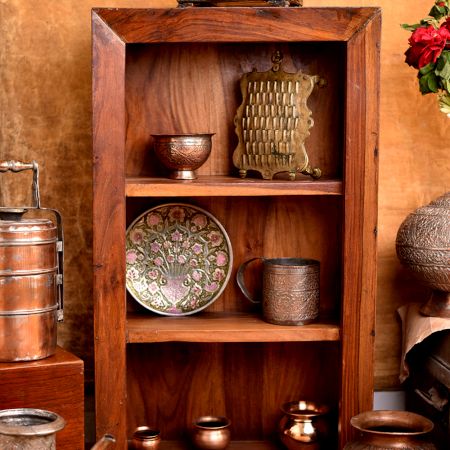
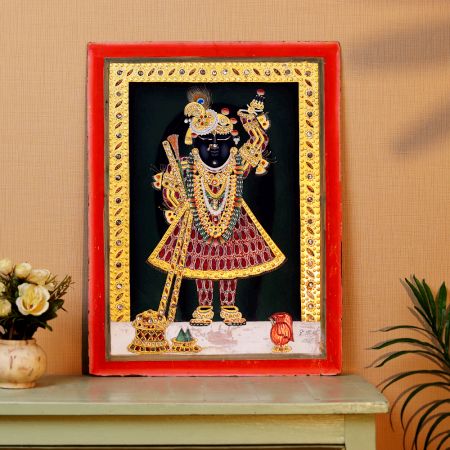
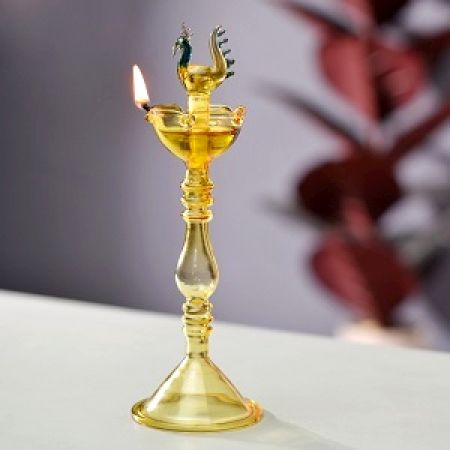

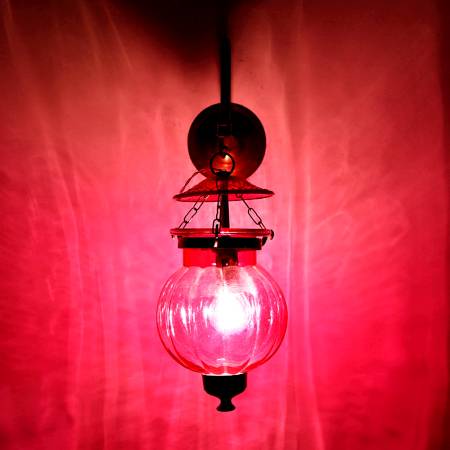

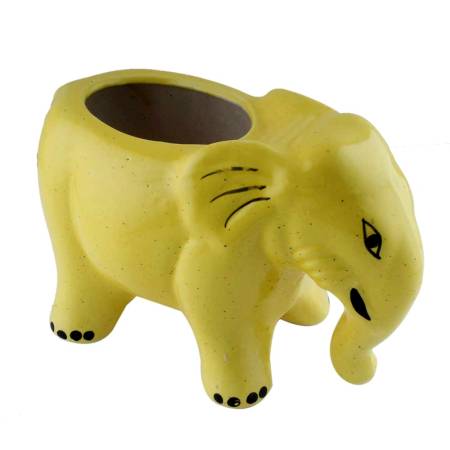
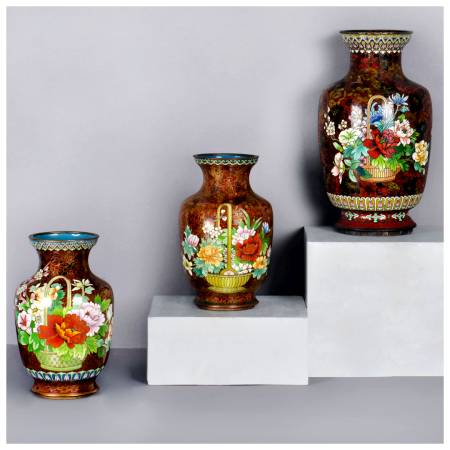
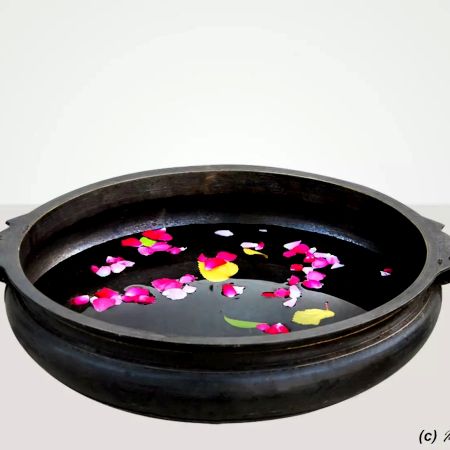

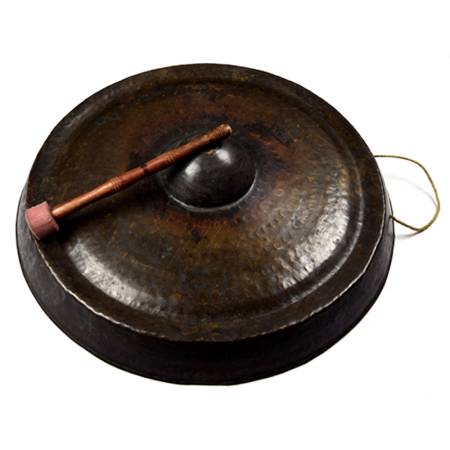


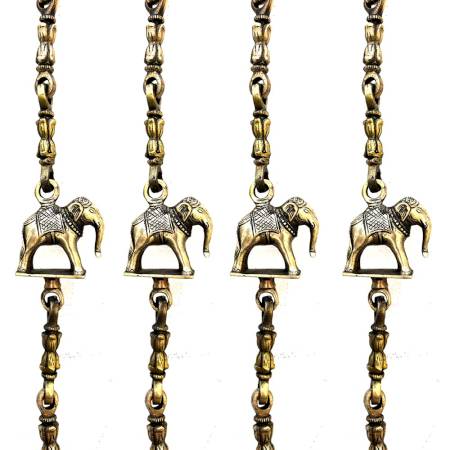
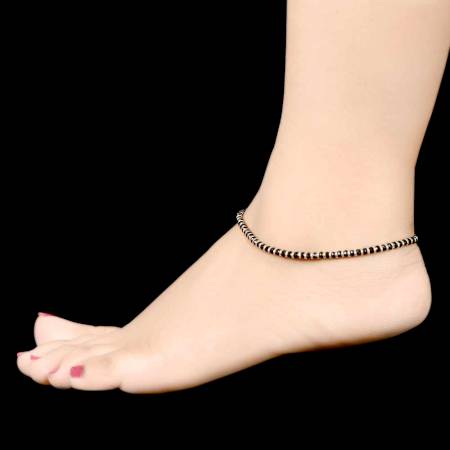
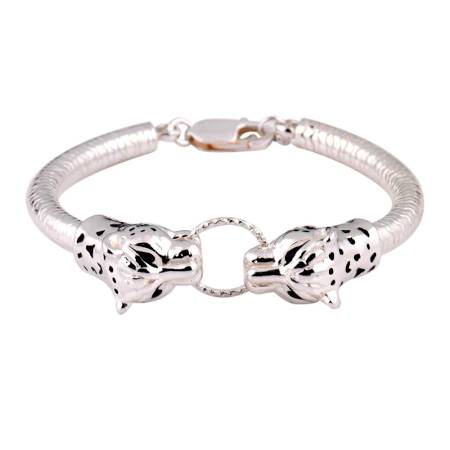
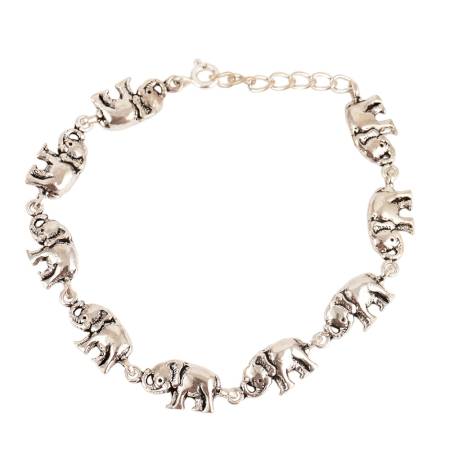
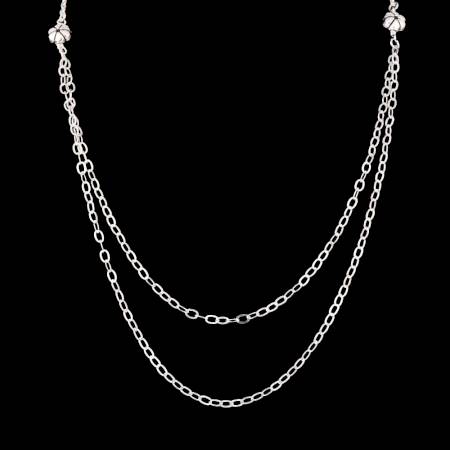
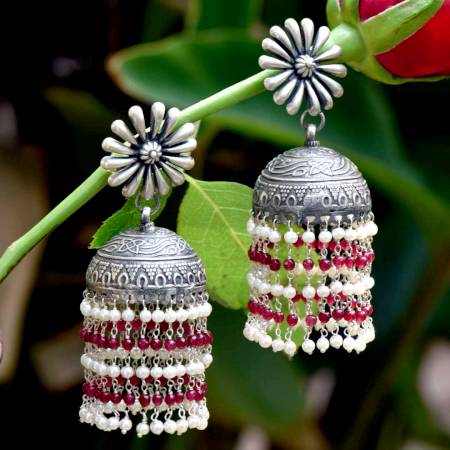
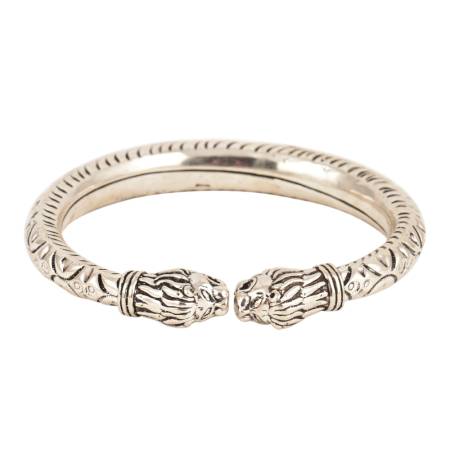
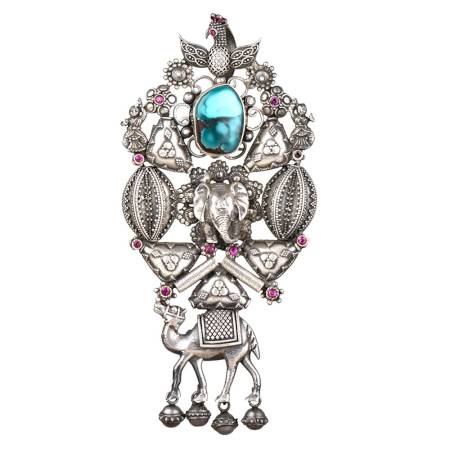




.JPG?ver=1.7)
.JPG?ver=1.7)
.JPG?ver=1.7)
.JPG?ver=1.7)
.JPG?ver=1.7)
.JPG?ver=1.7)
.JPG?ver=1.7)
.JPG?ver=1.7)
.JPG?ver=1.7)
.JPG?ver=1.7)
.JPG?ver=1.7)
.JPG?ver=1.7)
.JPG?ver=1.7)
.JPG?ver=1.7)
.JPG?ver=1.7)
.JPG?ver=1.7)

